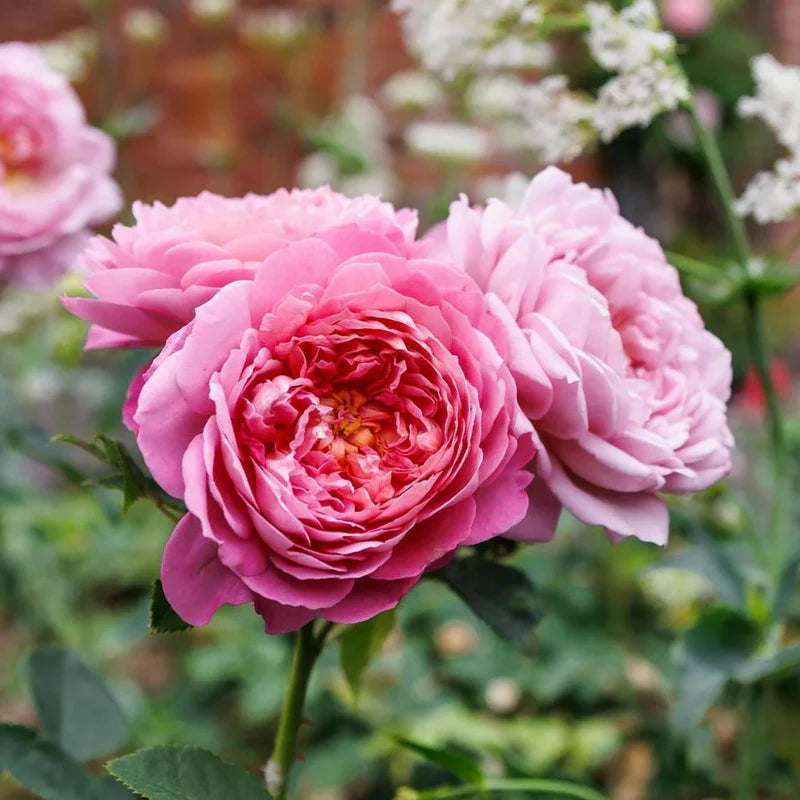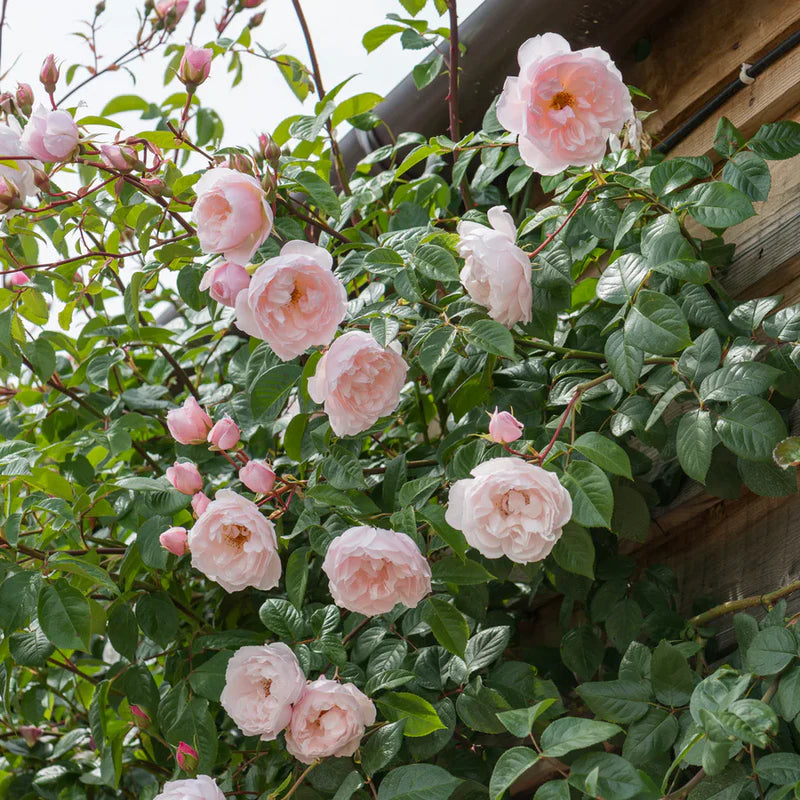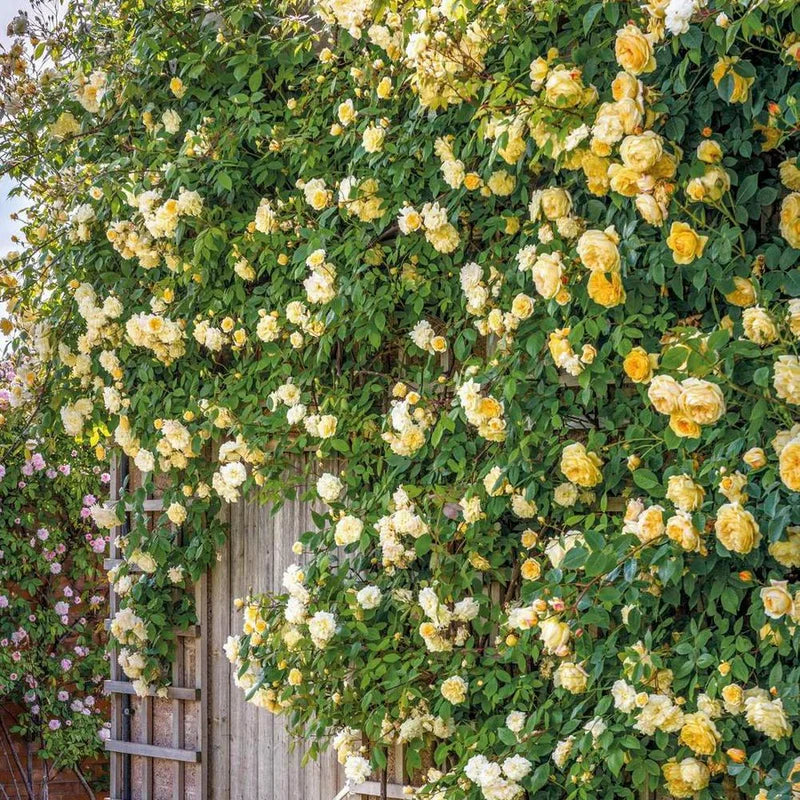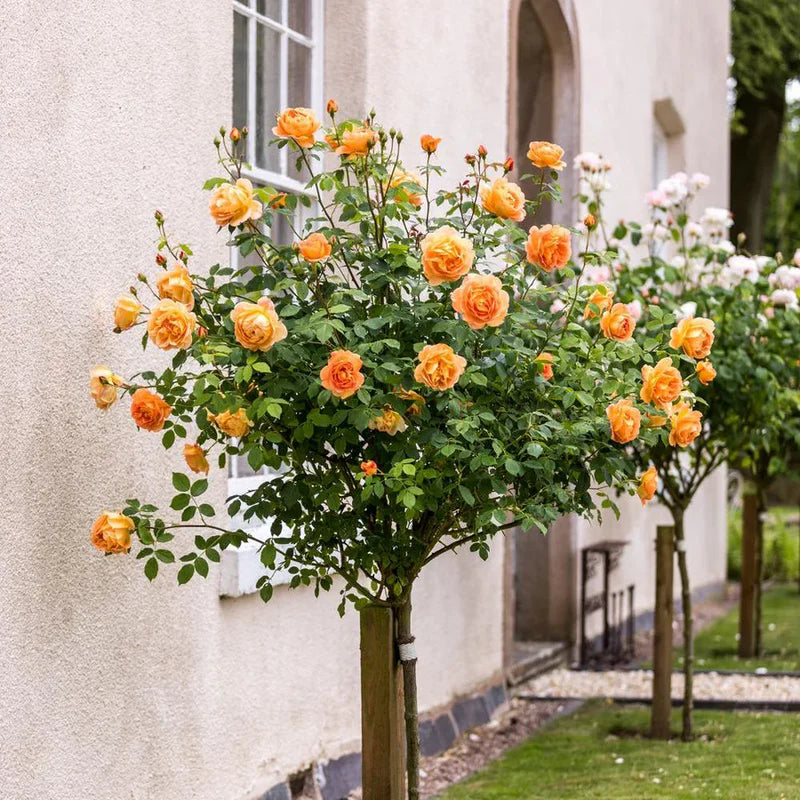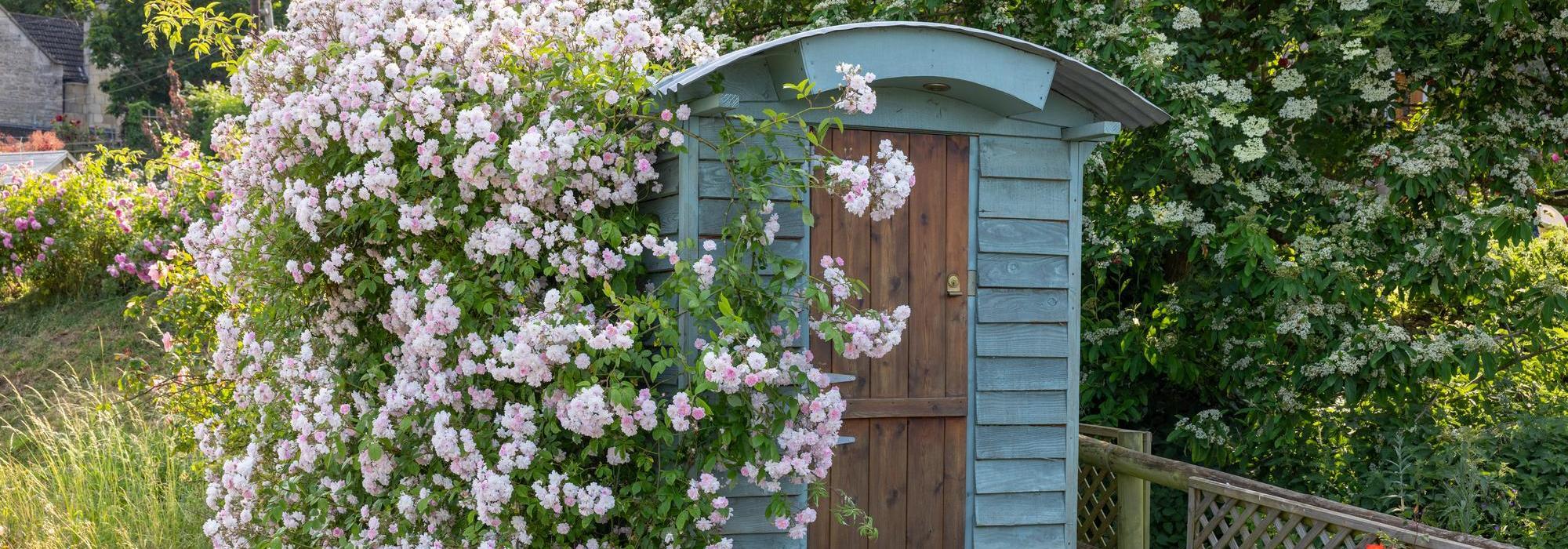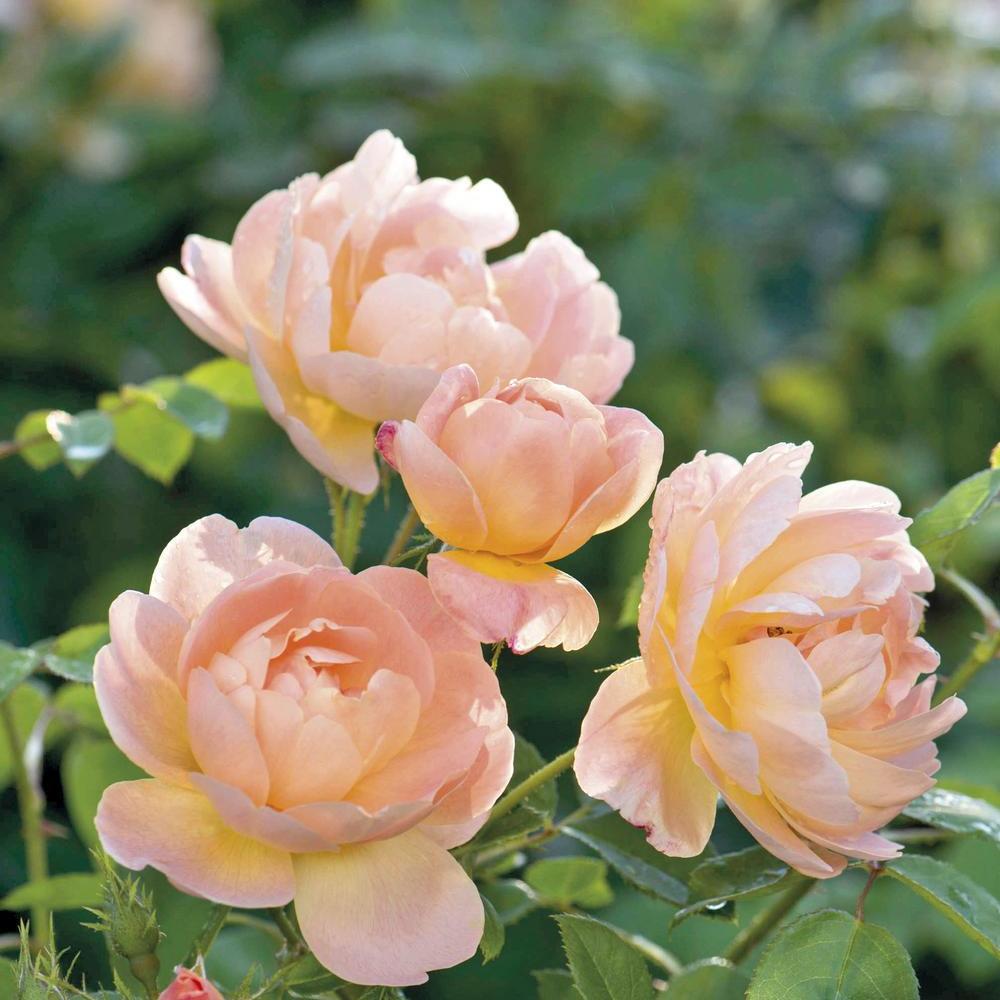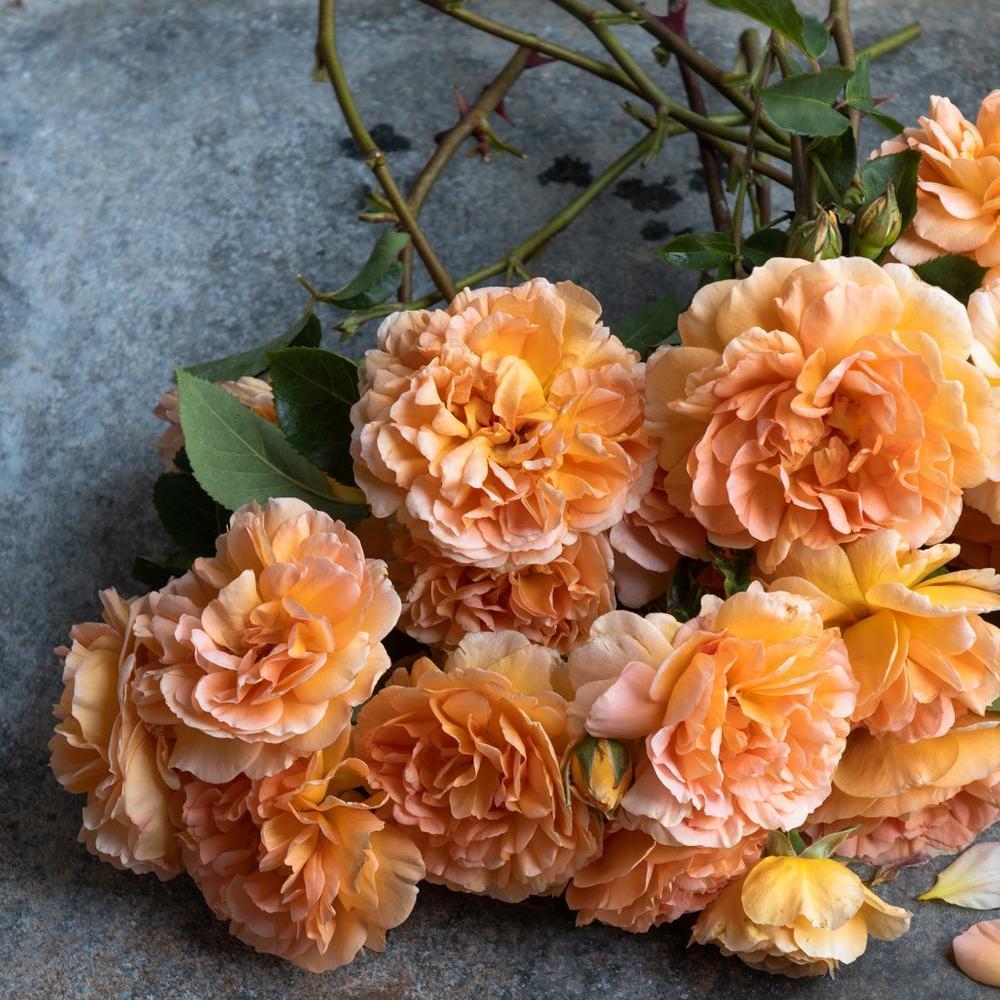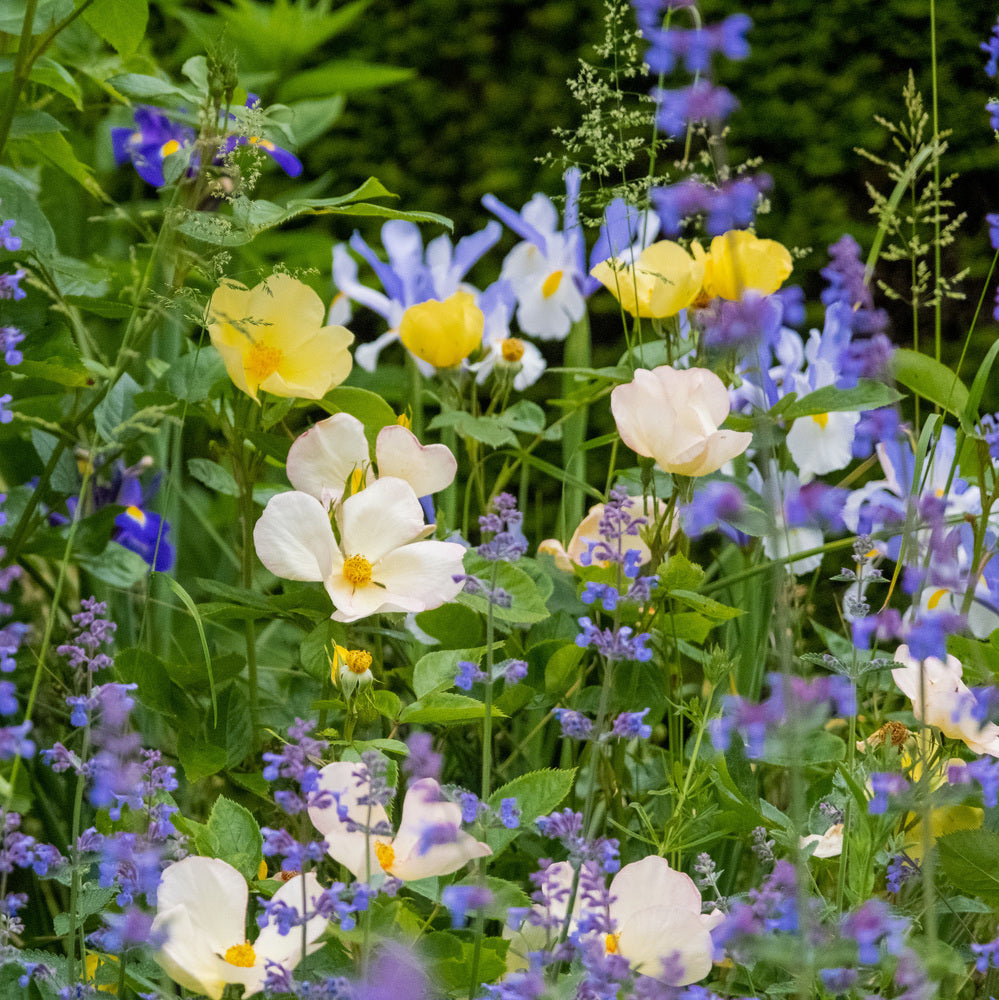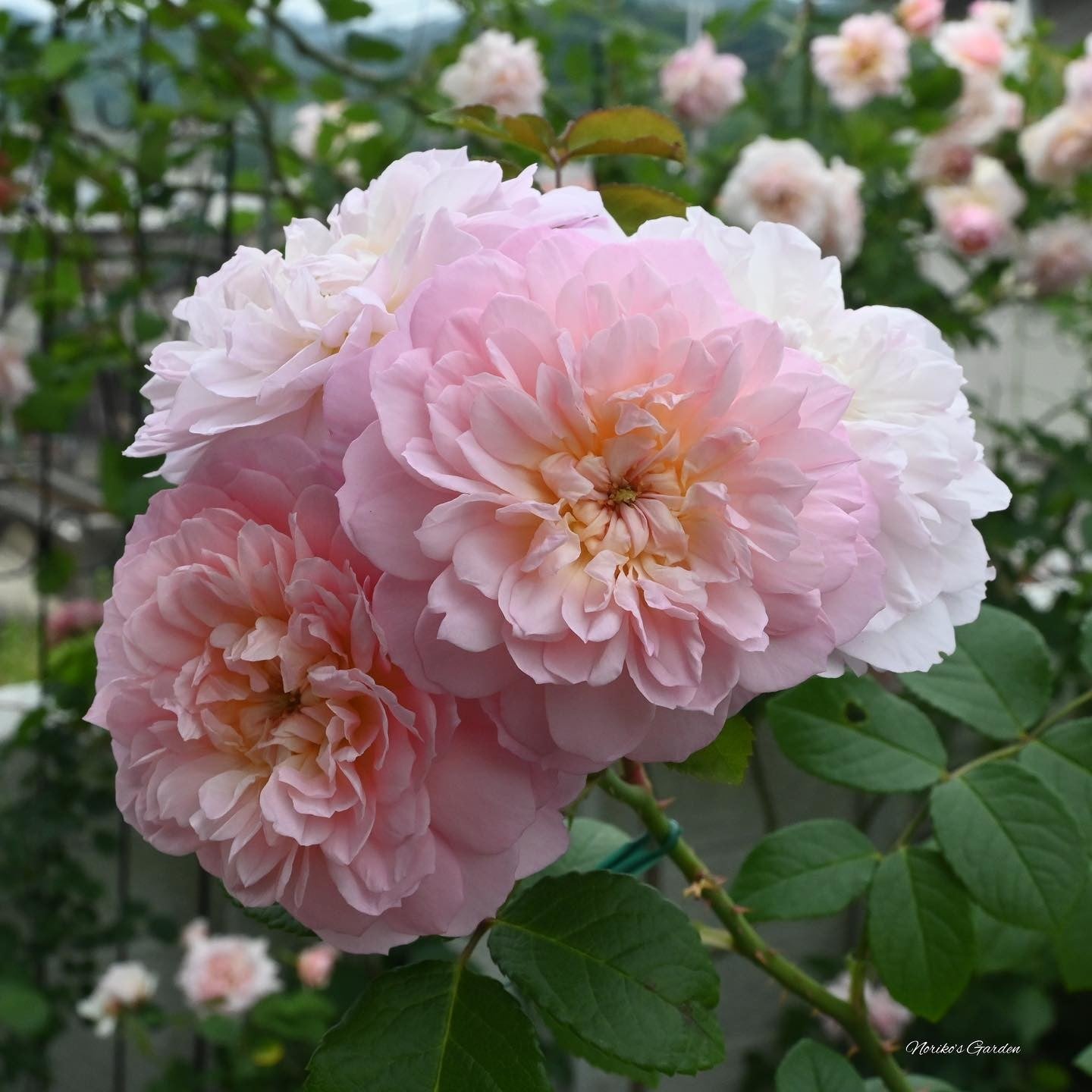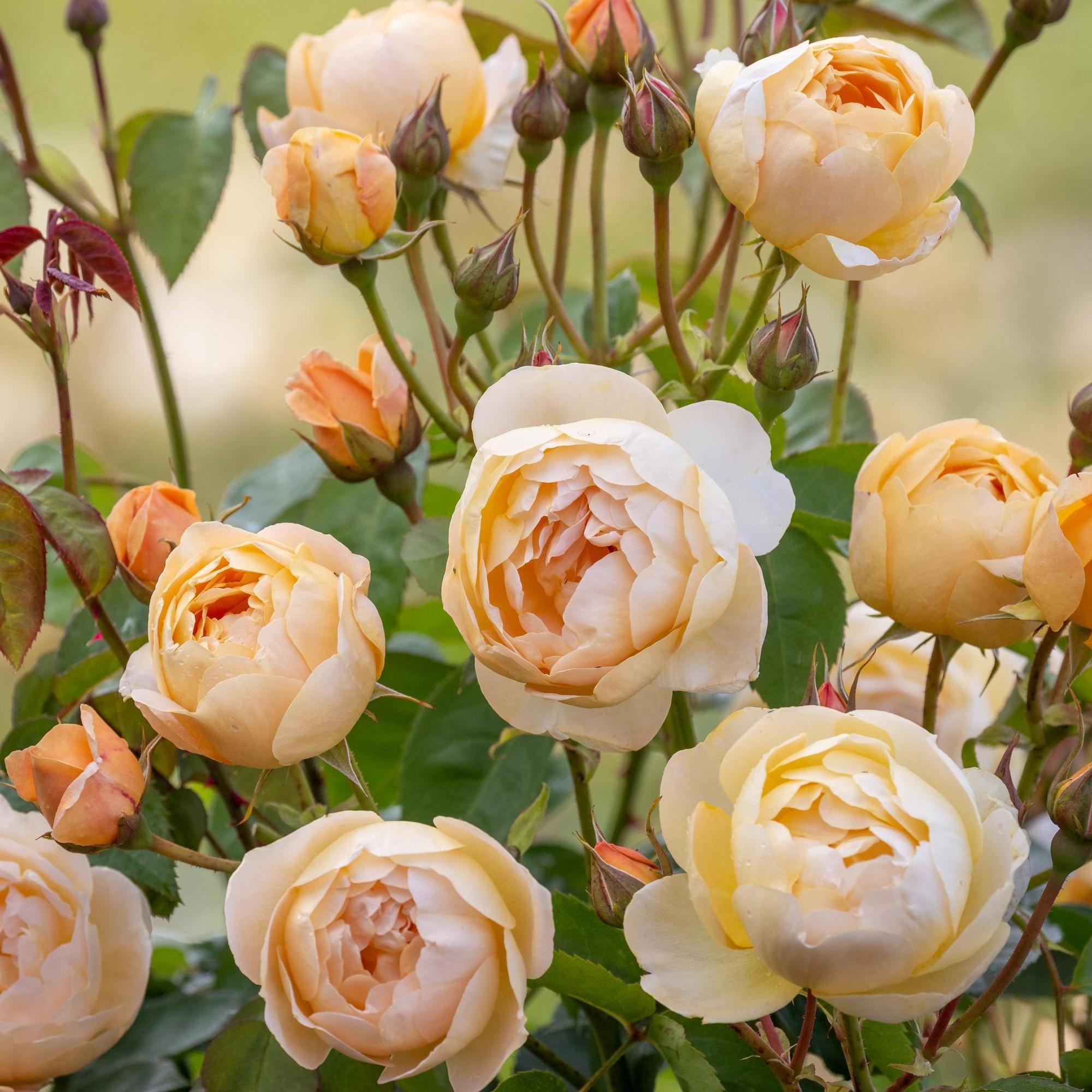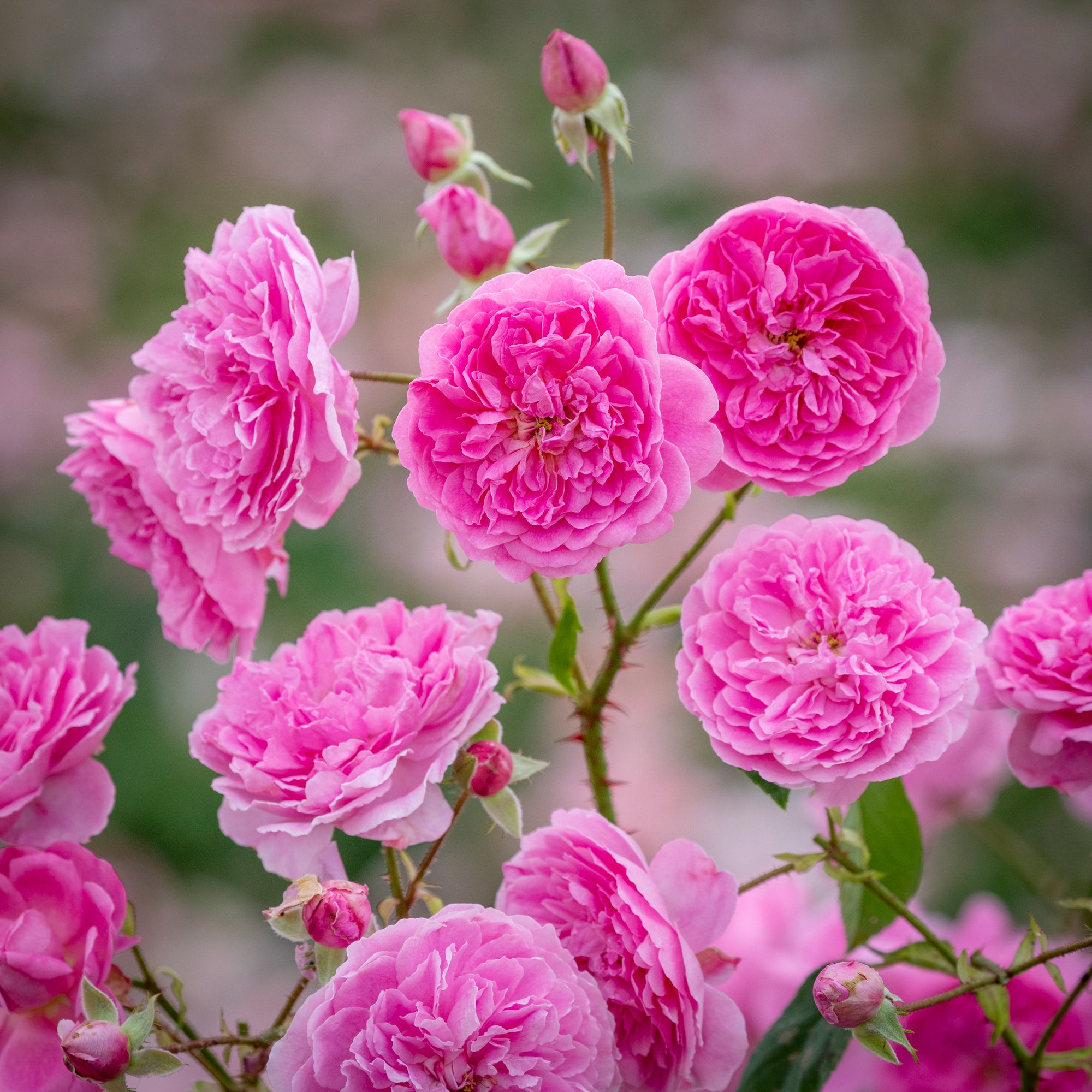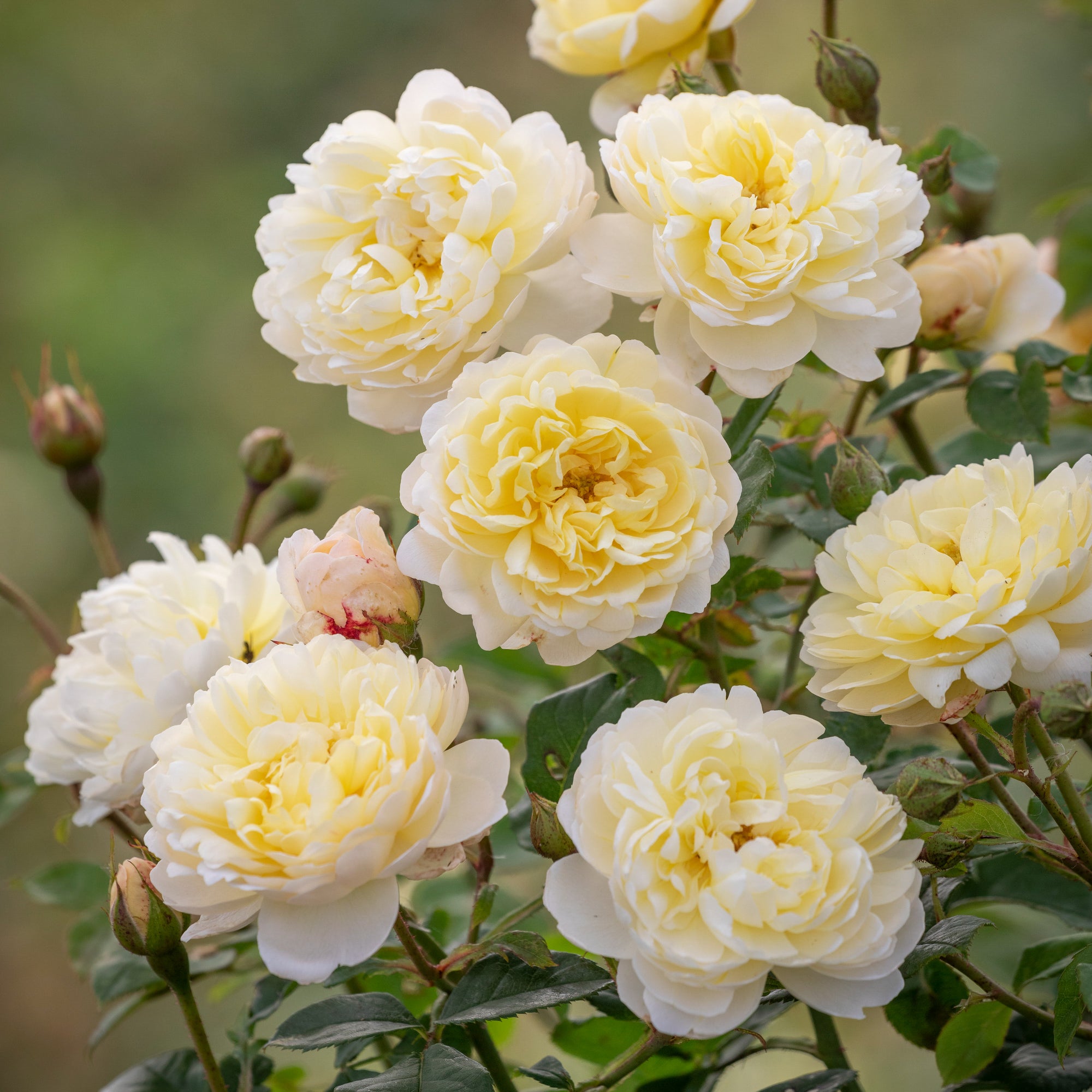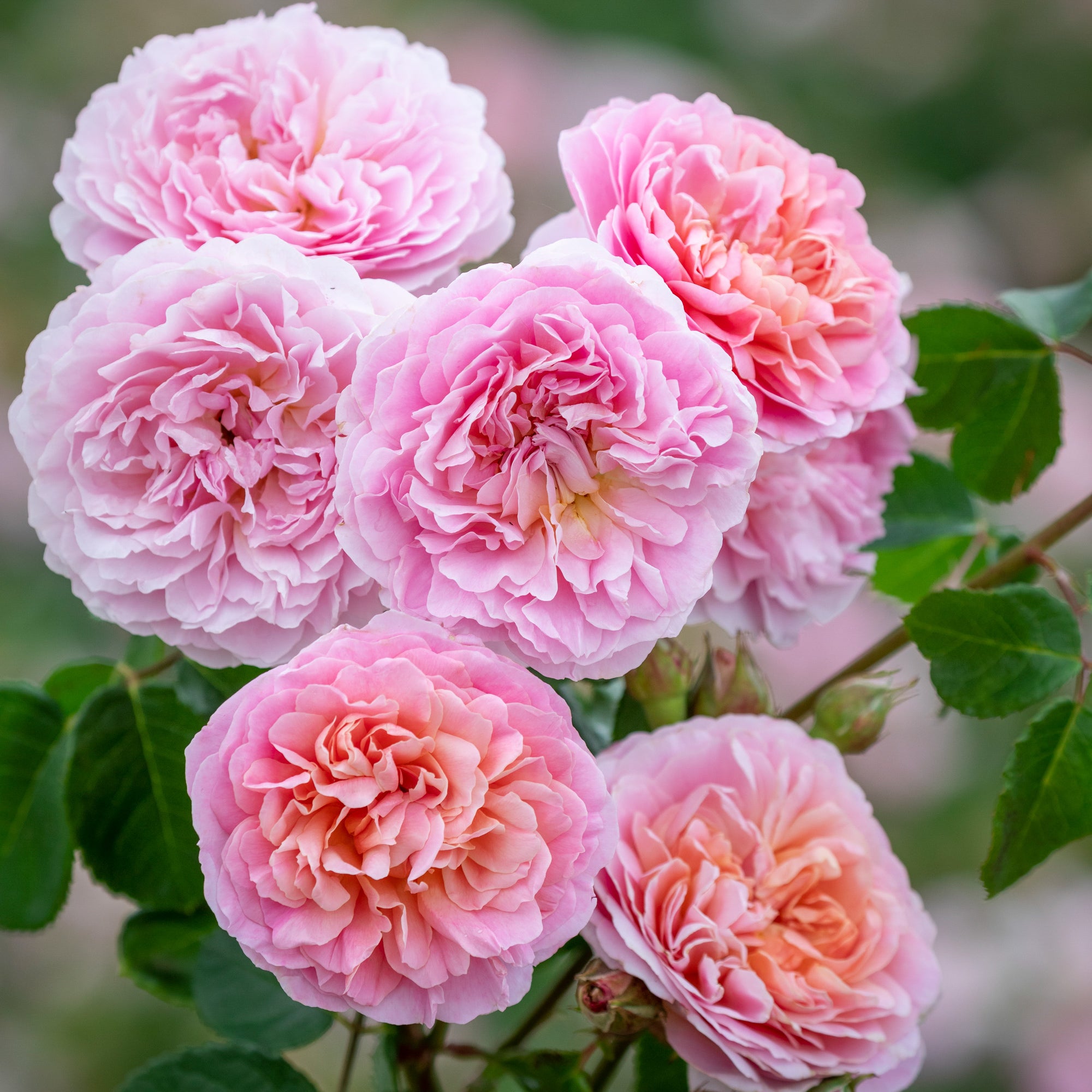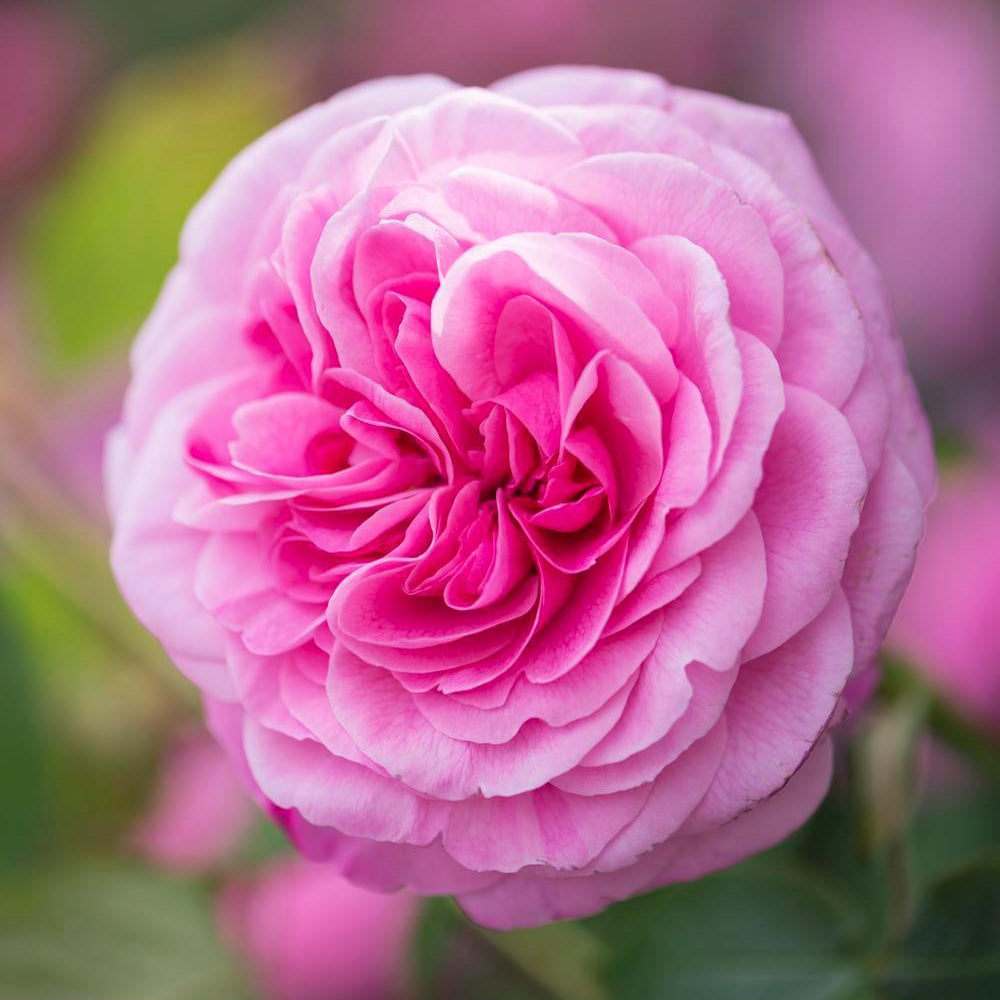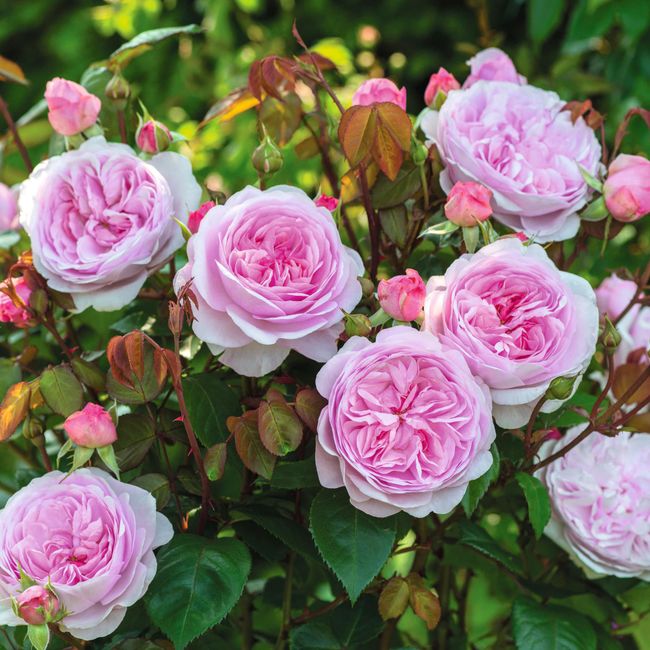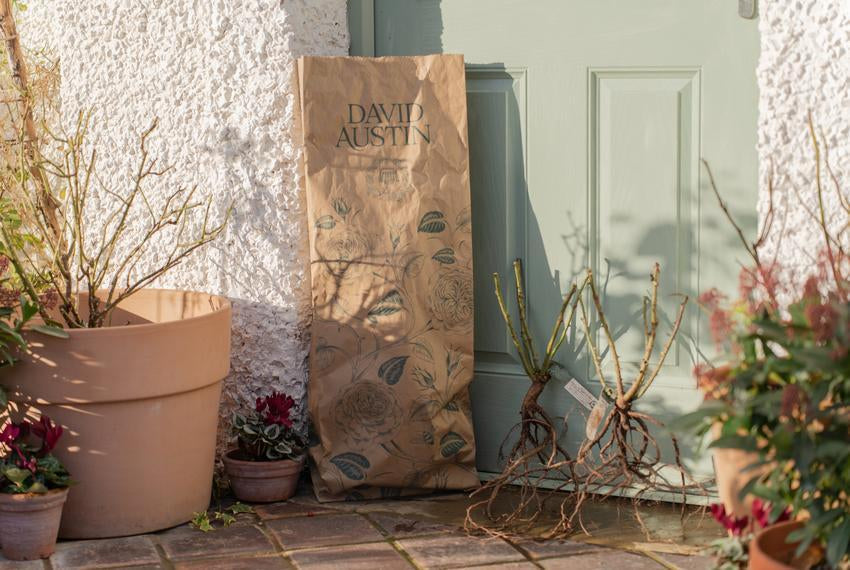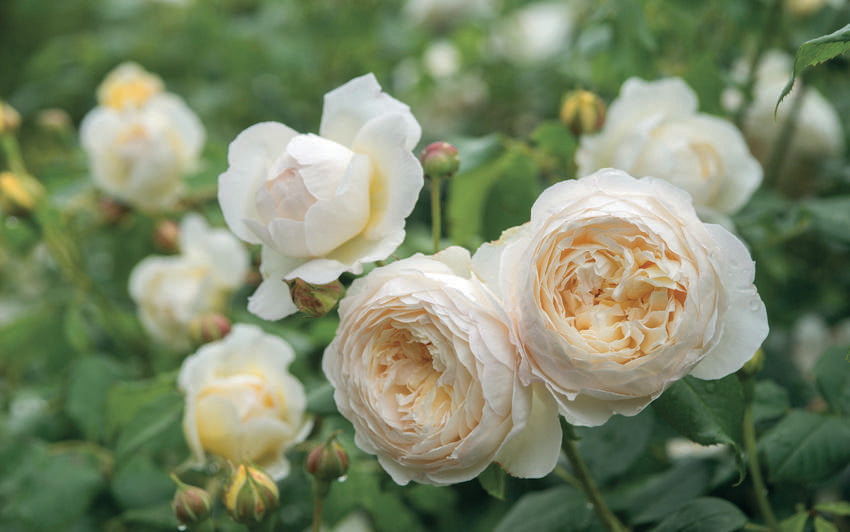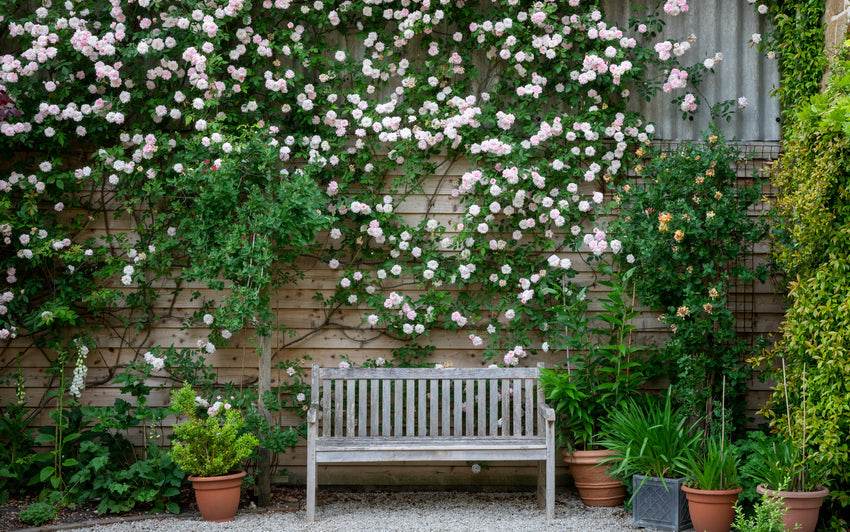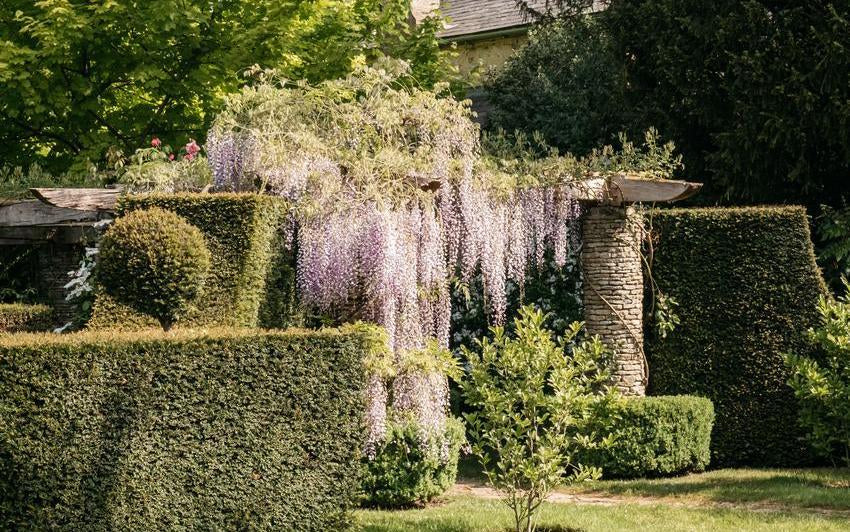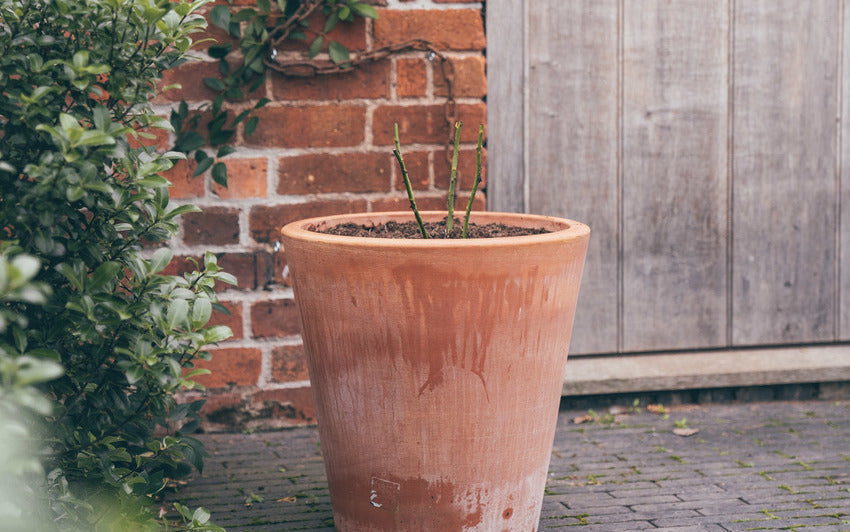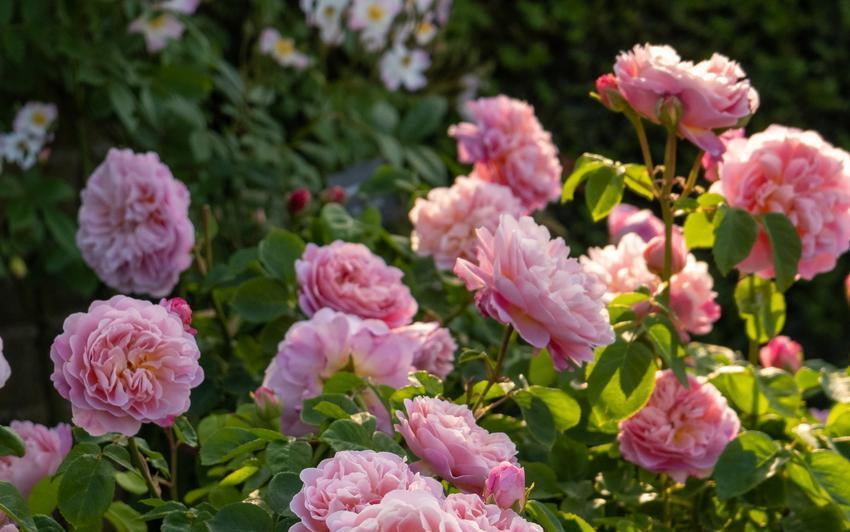When we picture allotments, most of us think of tidy rows of beans and brassicas, the glint of fruit cages, and perhaps a weathered shed with a kettle always warm. Roses are seldom part of that picture. Yet they deserve a place in such spaces, bringing scent, colour and gentle structure in ways that support both the eye and the ecosystem.
Some allotment sites focus entirely on food crops, and a few permit only fruiting plants. In those cases, certain roses may be welcome for the hips they produce, which are not only edible but rich in vitamin C. Most sites, however, allow some ornamentals, particularly where they support pollinators or contribute to biodiversity. Every plot is different, and it is always wise to check with your council or site manager, but in many places, there is room for a rose or two.
Softening Boundaries
Shrub roses can bring a sense of order and enclosure without harsh lines. Rather than turning to netting or timber, consider a loose-growing variety that offers both beauty and biodiversity. Choose those with a softer presence. These still carry thorns, naturally, but not the kind to catch or snag with menace. Rosa The King’s Rose™ (Ausa27a16), Kew Gardens® (Ausfence) and Nye Bevan® (Auspital) are all excellent choices. Their open forms produce a fine display of hips in autumn and create gentle, living boundaries that guide the eye and support pollinators, all without overpowering their neighbours.
Encouraging Pollinators
Open roses, especially those with single or semi-double flowers, are rich in nectar and pollen. Bees and hoverflies flock to them, helping not only the roses themselves but also neighbouring crops. Planting one near peas or courgettes, or at the foot of a fruit tree, can subtly improve pollination and support a wider web of life.
A Place to Pause
An allotment is a space of honest work, but it can also be a place of retreat. A rose planted near your resting spot, beside a bench or by the shed, brings fragrance to those quiet moments when the tools are down. The Generous Gardener® (Ausdrawn), a delicately scented climber, is particularly well suited to such places. Graceful in habit, fragrant through the summer and often generous with hips in autumn, it fills the air around it with quiet beauty. The right variety can turn a simple break into something restorative and fine.
Flowers for the Home
Some roses are so generous with their blooms that gathering a few for the house becomes a natural part of tending them. Even a single plant, well placed, can offer enough for a jug on the kitchen table and a small gift for a neighbour. It is one of gardening’s quieter satisfactions, to carry a few scented stems home in late afternoon, and one well worth making room for.
Hips for the Harvest
Where fruiting plants are encouraged, look for roses that reliably set hips in late summer and autumn. These can be used in syrups, teas or jellies, and have long been valued for their nutritional benefits. They also bring colour and shape to the plot as summer fades and provide food for birds as winter nears.
Natural Deterrents
Roses with thorny, arching stems can offer a soft form of protection. When planted around the edge of a plot or beneath a boundary fence, they create a natural barrier that discourages intrusion without resorting to fencing or wire. Beauty, in this case, goes hand in hand with practicality.
A Final Word
As with any planting, a little thought goes a long way. Choose varieties that suit the scale of your plot and avoid those that grow too large or shade nearby crops. Every rose should feel at home in the space you give it, complementing rather than competing with the work of the vegetable garden.
Though not traditionally found among the beans and beetroot, roses bring much to a productive space. They offer structure and scent, encourage pollinators, provide gentle harvests, and lend a sense of calm. Above all, they remind us that usefulness and beauty need not be separate pursuits. In the garden, they often grow best together.

